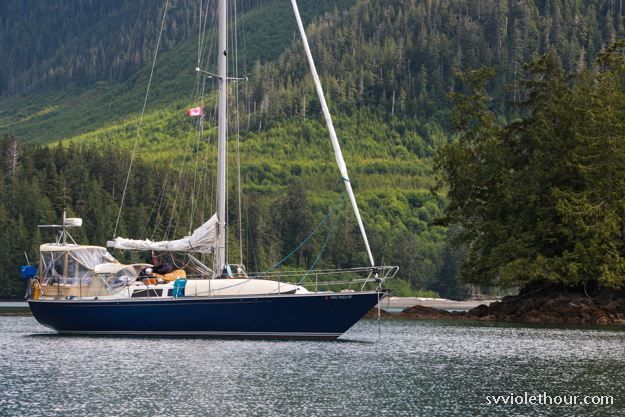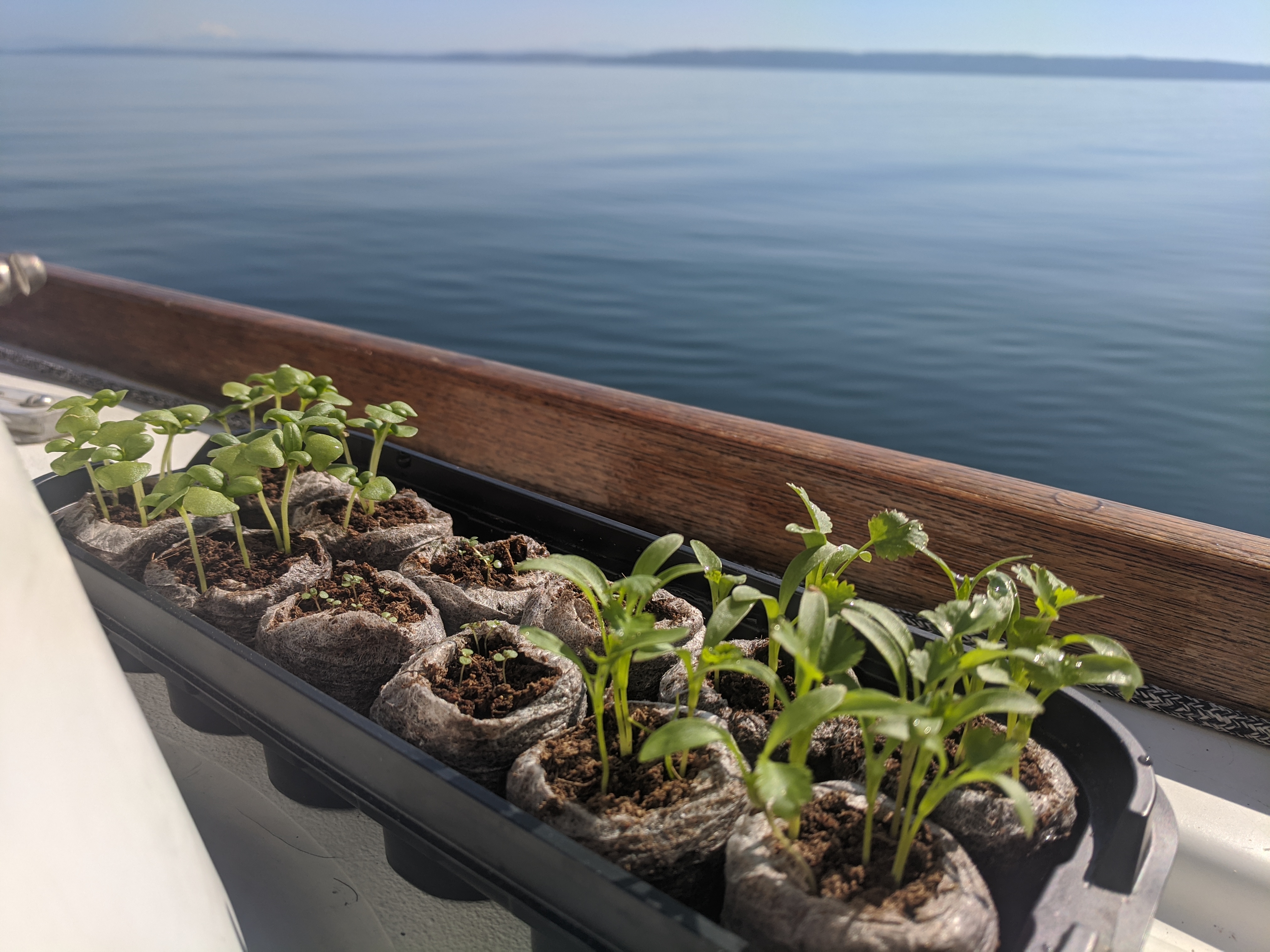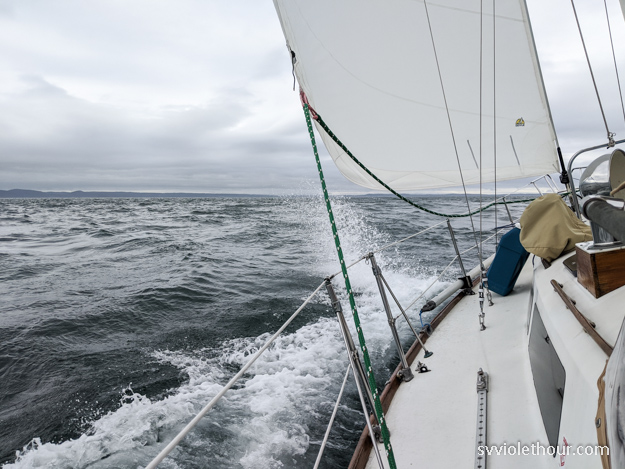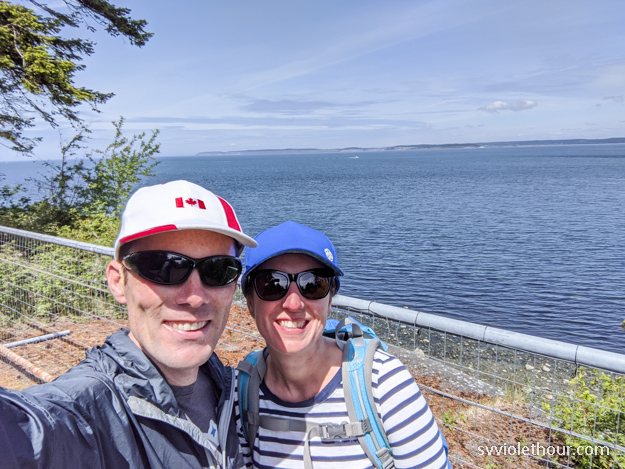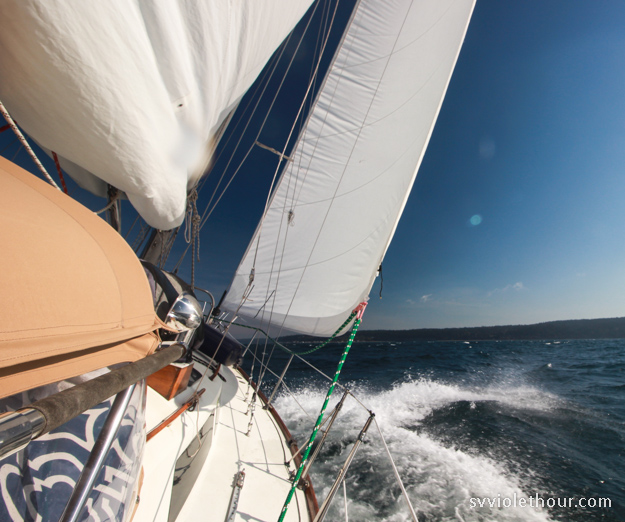I just finished migrating this site to a new platform – using its own WordPress hosting (paid) rather than the free blog hosting at WordPress.com. If you see anything seriously broken, or didn’t get your email subscription transferred, please let me know!
Previously I had been using free WordPress.com hosting because I didn’t want the blog to become an expense taking away from our cruising funds. But the downside of free hosting is they run their own ads (from which they take 100% of any revenue) and those ads have become increasingly obtrusive in the last couple years.
But, thanks to readers using our Amazon affiliate links (which are the only form of advertising I get anything from) to buy boating supplies we’ve written about, I now had enough money to pay for web hosting. So this means you get to read the blog with no ads now! (except for inline Amazon product links, which you’re free to use or not, and don’t affect your cost at all).
Blogs can be a surprising amount of technical work if you want to keep them looking good, and this took a few days of work. In theory, moving a WordPress site should be as simple as clicking a few buttons to export/import – however it doesn’t do 100%, and there are some bugs in the code, so the reality is quite different from theory. It made me realize just how much content is up here.
- Of 176 posts (since December 2014), about 60 had to be semi-manually updated with a script.
- I have 1,370 photos, of which about 100 had to be semi-manually refreshed due to an import bug.

